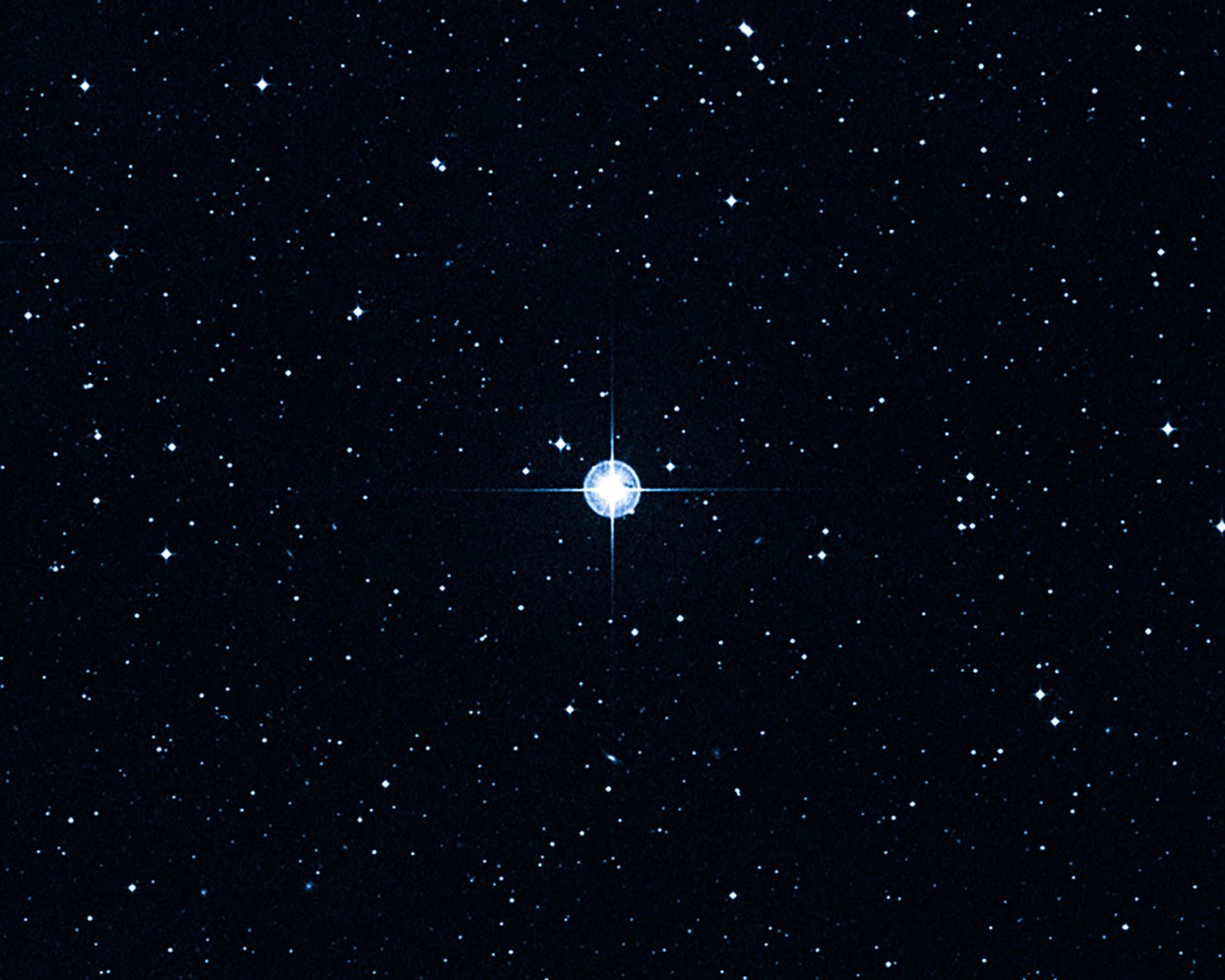“Weird” star too cold, and too old
An unusual white dwarf discovered relatively near the solar system “defies current explanation” as it is “colder than it should be”. Called DES J2147-4035, its relative coolness (only a few thousand degrees) suggests to evolutionists that it is about 10 billion years old. But that is many billions of years older than the “much younger stars” in that region of the galaxy, leaving them baffled.

This latest evolutionary conundrum comes on top of many years of argument between cosmologists about the age of the universe. A 2013 Hubble telescope measurement of another star, HD 140283, dubbed the ‘Methuselah Star’ as it is presumed to be the oldest in the universe, put its age at about 14.5 billion years old (with a supposed error range either side of 0.8 billion years). But that would mean it is older than the universe, presumed by many cosmologists to be “only” 13.77 billion years old (error range 0.04).
While cosmologists, astrophysicists and the like furiously debate the merits of what estimates to use in order to try to remove the problem of impossibly conflicting ages, it is the Maker’s eyewitness account that trumps any human ‘measurements’. The heavens do indeed “declare the glory of God” (Psalm 19:1), thwarting human attempts to naturalistically explain away His handiwork. The earth was created on Day 1 of Creation Week only about 6,000 years ago, with the sun, moon and stars created after that on Day 4.
- O’Callaghan, J., Weird white dwarf that is colder than it should be defies explanation, newscientist.com, 5 Oct 2021.
- Crookes, D., How can a star be older than the universe? Space mysteries: If the universe is 13.8 billion years old, how can a star be more than 14 billion years old?, space.com, 17 Oct 2019.


Readers’ comments
Comments are automatically closed 14 days after publication.